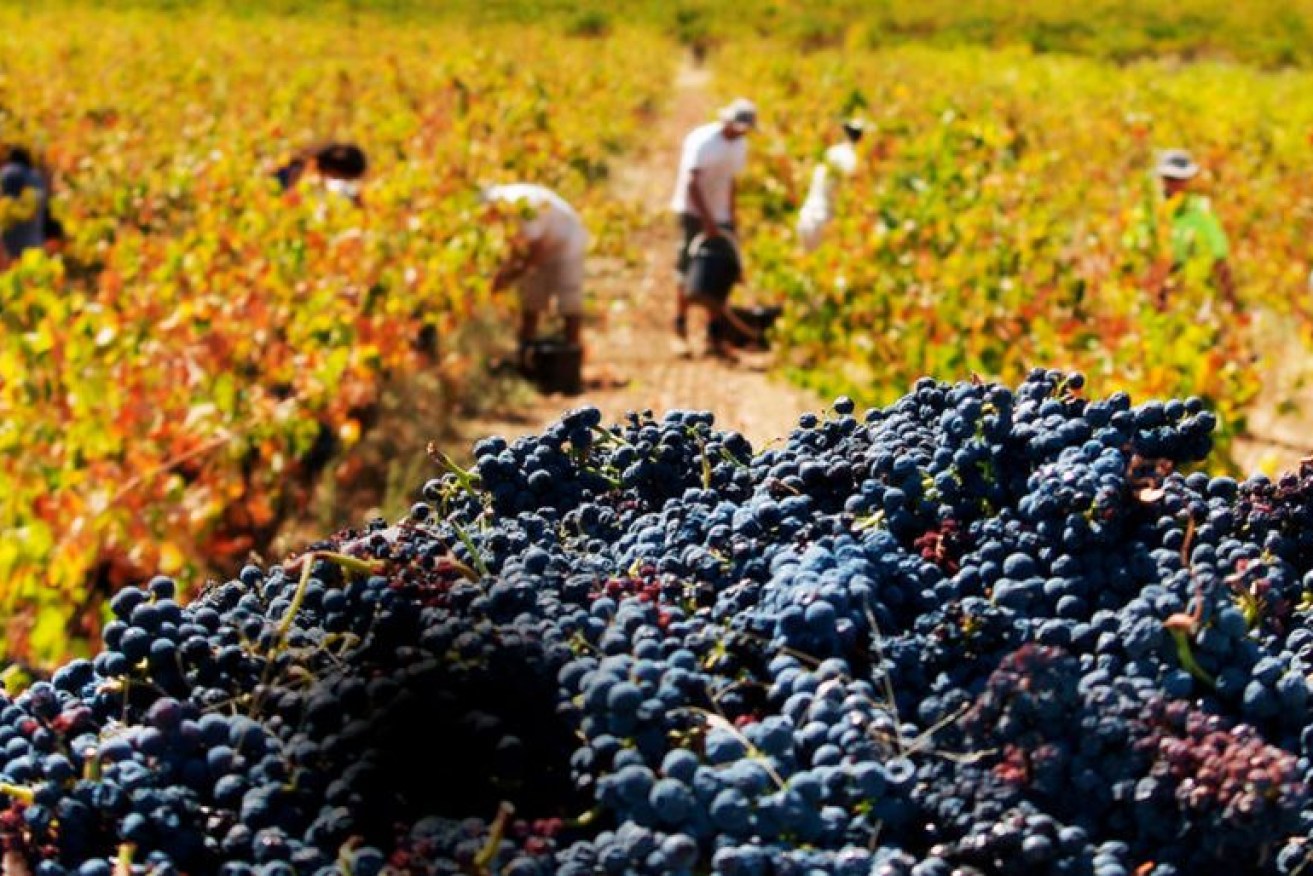‘Disappointing but not unexpected’: SA wine export value drops by $88m
A reduction of 10 million litres of wine exported from South Australia has resulted in $88 million less for the state’s producers.


Photo: Barossa Grape & Wine.
Amid a dwindling wine grape crush in South Australia, international exports of locally produced wine have also diminished per new data from Wine Australia.
The state’s 10.6 per cent dip to $739.6 million in export value is in-line with the national decrease, with SA a major contributor to Australia’s total value of $1.9 billion.
A total volume of 72.8 million litres exported overseas from SA producers was 12 per cent less than figures reported by Wine Australia last year, with the decrease significantly worse than the national average dip of less than 1 per cent.
The figures remain significantly down on 2019 levels when South Australia’s total exports came in at $1.2 billion – driven predominantly by sales to China. Crippling tariffs on Australian wine imposed by the nation led to an $860 million decrease in exports in 2021.
Sales to China from South Australia evaporated in 2022, and this year just $4.9 million in export value from the Asian giant was recorded.
Newly appointed South Australian Wine Industry Association chief executive Inca Lee said the results were “disappointing but not unexpected”.
“It probably underlines the realities of grape and wine businesses at the moment in Australia,” Lee said.
“It really isn’t unexpected but there are some positive stories around the value and around some of the emerging markets that we need to continue to explore.”
Wine Australia market insights manager Peter Bailey said the state was hit due to its prominent position as an international exporter of wine.
“South Australia is more exposed to export markets than some of the other regions,” explained Bailey.
“Particularly regions like the Riverland – a fair proportion of their production is exported. Hence, if things are in a decline, those regions will be more impacted than other states.”
The average value per litre in South Australia rose by 1.5 per cent to $10.16, beating a national fall of close to 10 per cent.
“Regions such as the Barossa and McLaren Vale are boosting the overall average value, but also when you’ve got a decline in regions like the Riverland that will actually artificially boost the average value as well,” Bailey said.
The Wine Australia representative explained that the 10 million litre decrease in exports could be explained by either less demand or less availability, referring to recent data which found that vintners in SA recently produced their equal smallest grape crush since 2007.
“It comes back to what their stock levels were this year and last year, because that will have an impact in terms of what we’ve got available,” Bailey said.
“If there’s 10 million litres less, that could either mean there’s less demand or there’s just less available.
“Wine production in 2023 was down significantly. That was a 20-year low overall production last year. That will have an impact on how much volume is available to export as well.”
By variety, Shiraz and Cabernet Sauvignon were the top two drops exported by South Australian makers – though the value of their exports were down on 2022.
Only a handful of varieties saw an increase in export value this year, including Cabernet Blend which cracked $100 million – up from $75 million. Pinot Noir had a slight boost, rising from $3.1 million to $4.1 million and Moscato grew from $1.7 million to $2.6 million.
Bailey said Cabernet Blend represented a good export opportunity for South Australian vintners.
“Cabernet is a really good opportunity in the United States,” Bailey said.
“We’ve seen some growth in exports in certain price points for Cabernet and the United States would be driving these sorts of results.”
South Australian exports to the US fell by more than $20 million over the past 12 months, and one of the few export markets that actually grew for South Australian producers was Hong Kong.
This is because of the city’s position as a major trade hub according to Bailey, with exports to the region growing by $50 million to $185.8 million in 2023.
“Not everything that gets exported to Hong Kong will remain there,” Bailey clarified.
“It may not all be consumed within Hong Kong – it may end up in other markets as well.”
The US and the UK both pulled back on South Australian wine this year, with value reducing by $24 million and $18 million respectively.
“In the United States, what we’re seeing there is we’re very heavily exposed to lower price points in that market,” Bailey said.
“That end of the market in the United States is in decline. It has been for a while. So that’s impacting on our overall figures.”
Lee added that there was positive news in the data about the emergence of new export markets.
“Whilst there’s volatility in Asian markets, Thailand is showing some growth in value and volume as well, so that’s positive news,” she said.




